Crinum calamistratum
Over the past few weeks we have had a lot of interest in this magnificent specimen of a plant, so I decided to do a small write up about my experience with keeping it.
Let me start with some basic information. Crinums are tolerant of a wide range of conditions, and will accept a pH of 6.0 – 7.8 and a temperature of 20 – 30° C. The leaves can grow to an astonishing 120cm but they are thin and swirl around so they become a majestic centre piece. The plant is a stunning lush green.
Crinums are a part of the African onion plant family, and it is easy to see why when you look down at the bulb structure. I have heard of people slicing the bulbs and unravelling the layers, much like a brown onion, and this can be used as a propagation technique. With only one plant I am not keen on doing this.
Most people in the aquarium plant hobby overseas claim these plants as easy care and suitable for low light and low tech set ups and I would have to agree with them. This does not mean that they do not appreciate extra fertiliser, CO2, and extra light. I have owned this plant for nearly 2 years. In that time, I have had it in 3 separate aquariums as I have been trialling growing methods as well as designing its current final display home. Originally, I had it growing in a 90cm long by 50cm high aquarium, with a rich substrate of Seachem Flourite, no water column fertiliser, and T5 lighting for 12 hours a day. The aquarium was lightly stocked with Boeseman’s rainbows. In the 8 or so months the Crinum was in there I did not notice any major leaf or bulb growth.
From there I moved it in to a 180x60x60 cm aquarium. I ran a deep substrate bed (about 15 cm) of rich soil capped with some natural sand. Lighting was twin 150w metal halides which I placed directly over the plant. Again, I did not use any water column fertiliser, but I had a few guppies in the tank. The aquarium was very heavily planted with large plants and I decided not to do regular water changes or run any type of air or filtration. All the plants grew really well and became very large. The Crinum increased the size of its leaves, bulb, and roots, but it never reproduced. I did run into issues with hair algae due to the lack of movement, but that is a story for another day.
From this point, I had concluded that this plant wanted a thick and rich substrate to grow into and that it enjoyed plenty of light. It was also a tank buster, so it needed the height to stretch. On New Year’s Day 2017 I transferred the Crinum into its forever home in the display tank at The Fish Room. This aquarium is 210x70x50 cm and has a 10,000 litre per hour return pump as well as a Fluval CP4 wave maker at the same end, so there is plenty of flow in the aquarium. I had always planned to run a dry fertiliser program loosely based around Tom Barr’s estimated index program. The lighting is a set of Current Satellite LED’s which I had used on a previous set up. While this lighting is inferior to the metal halides or T5’s the Crinum had been used to, 8 months in and it has not wilted or turned its leaves up. In fact, the twirly whirly leaves look stunning! I went with a mix of JBL Manado and Seachem Flourite substrate and JBL root balls for the root fertiliser. So far, I feel that this combination has been positive for the Crinum as it stands proudly in the middle of the display. We added pressurised CO2 to the water about two weeks ago, and it is already making a difference as it has sent out a new leaf. It is too early to give you a proper report on the addition of CO2, but I doubt it will have a negative effect on this plant.
Aquascaping with Crinum is a simple pleasure. I have used it as a centre piece for my scape, but with the right flow rate, you could easily apply the rule of thirds, and have its leaves flow into the middle, and slope your scape on the same angle as it is growing. The colour, shape, leaf length and texture make this plant very versatile and the only real application that I can see it being no good for would be in a nano tank or an Amano style “nature aquarium” scape, although even then you may be able to use it if you are creative enough.
At this point I am not aware of another Crinum specimen in New Zealand, and unfortunately, I have not been able to propagate this one. However, I am trying to do so, and if I do manage to get it reproduce, I will spread it far and wide so this gorgeous plant does not die off here. If you are aware of anybody else who has one, please ask them to contact me as I would love to be able to trade tips, tricks, and knowledge between other keepers.

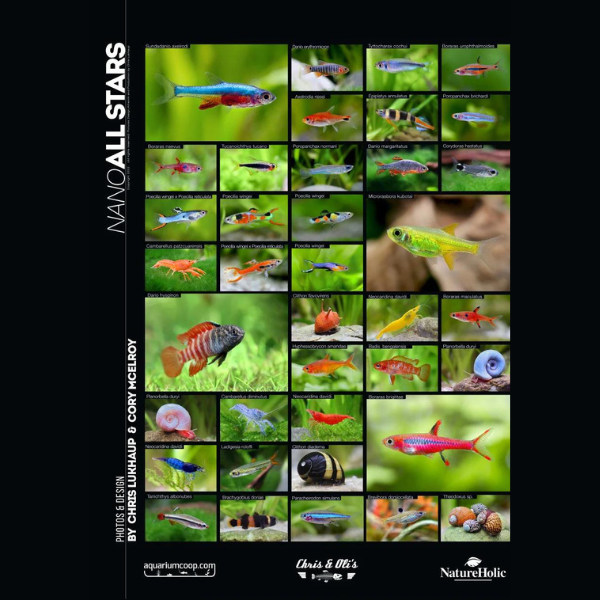
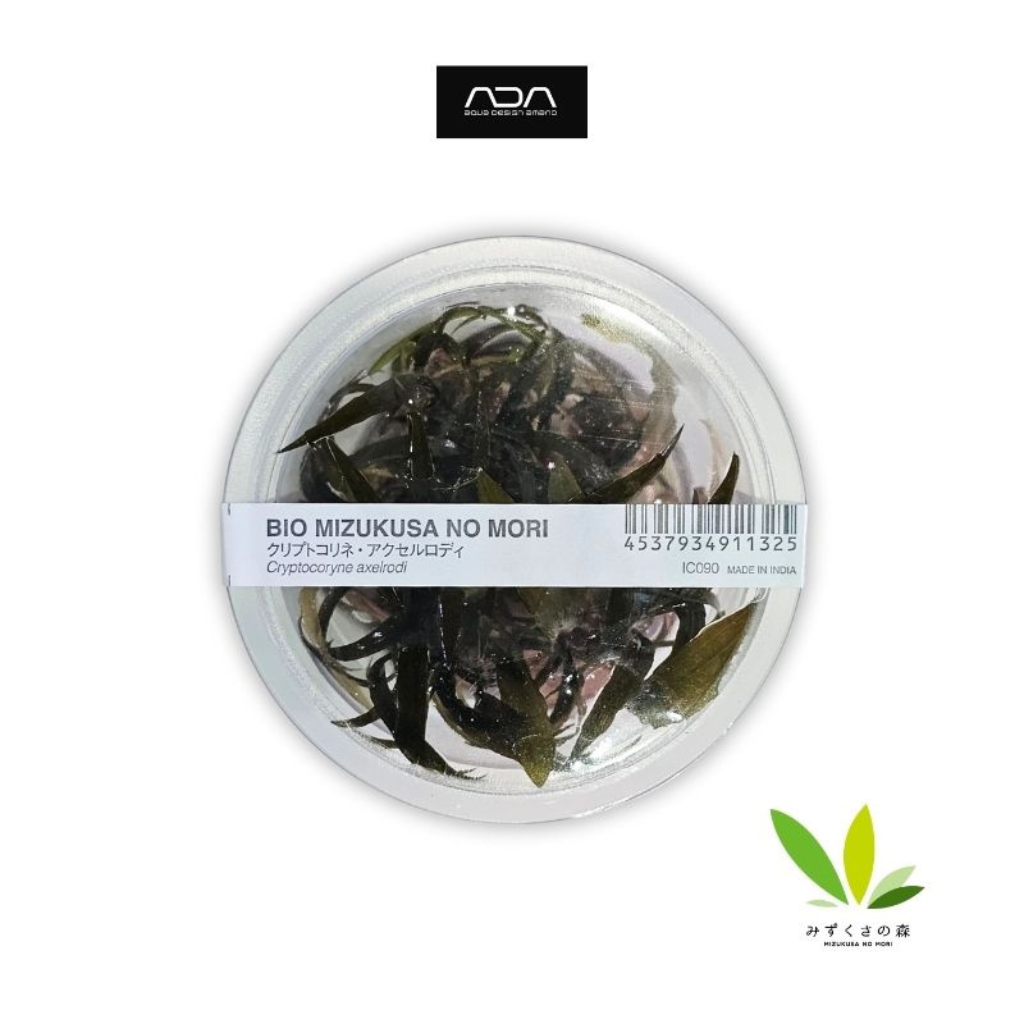
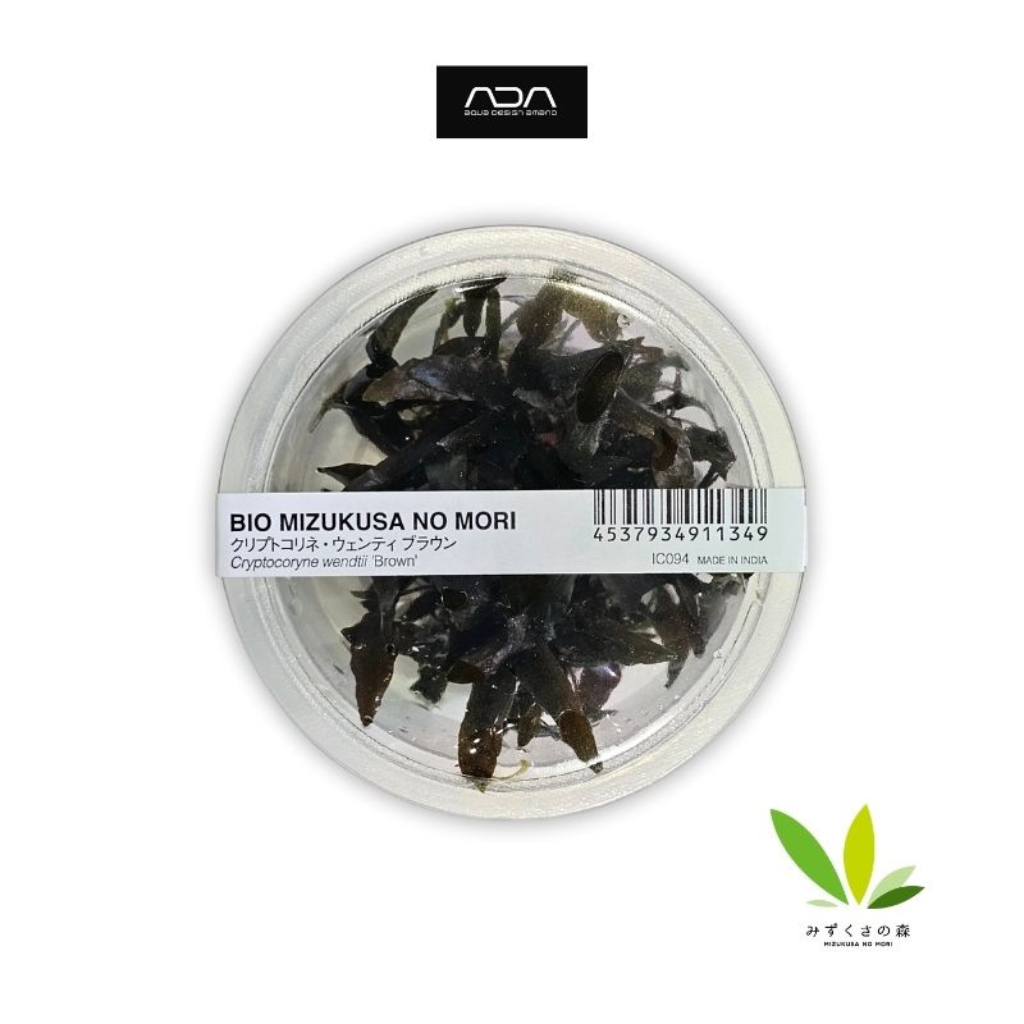
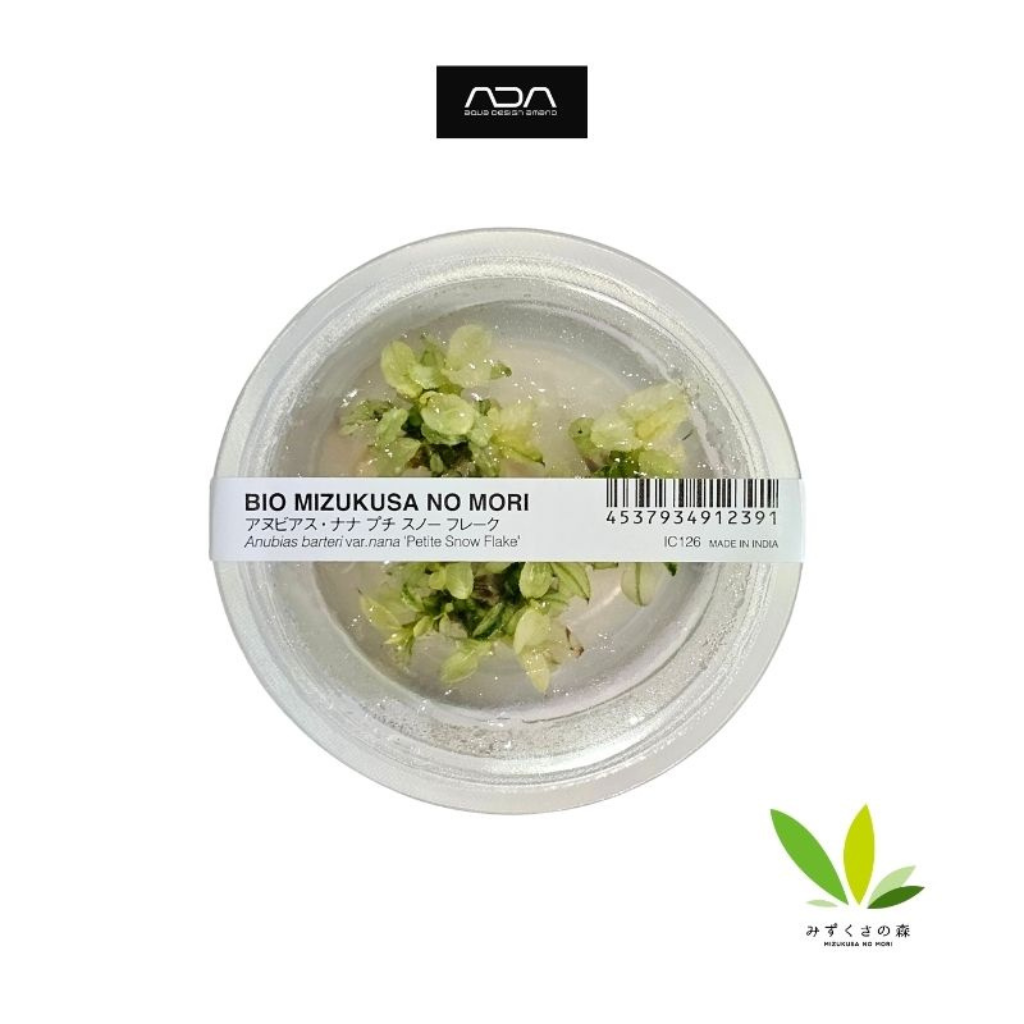
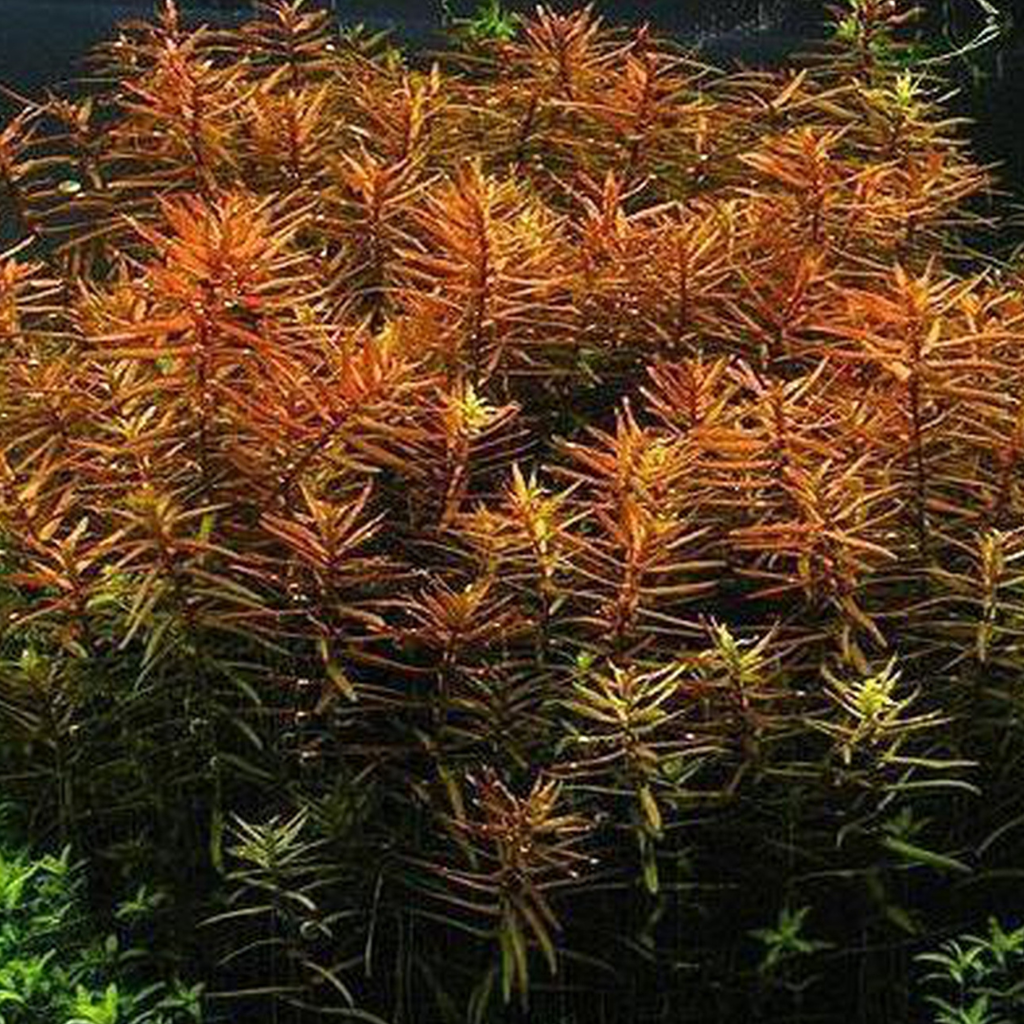
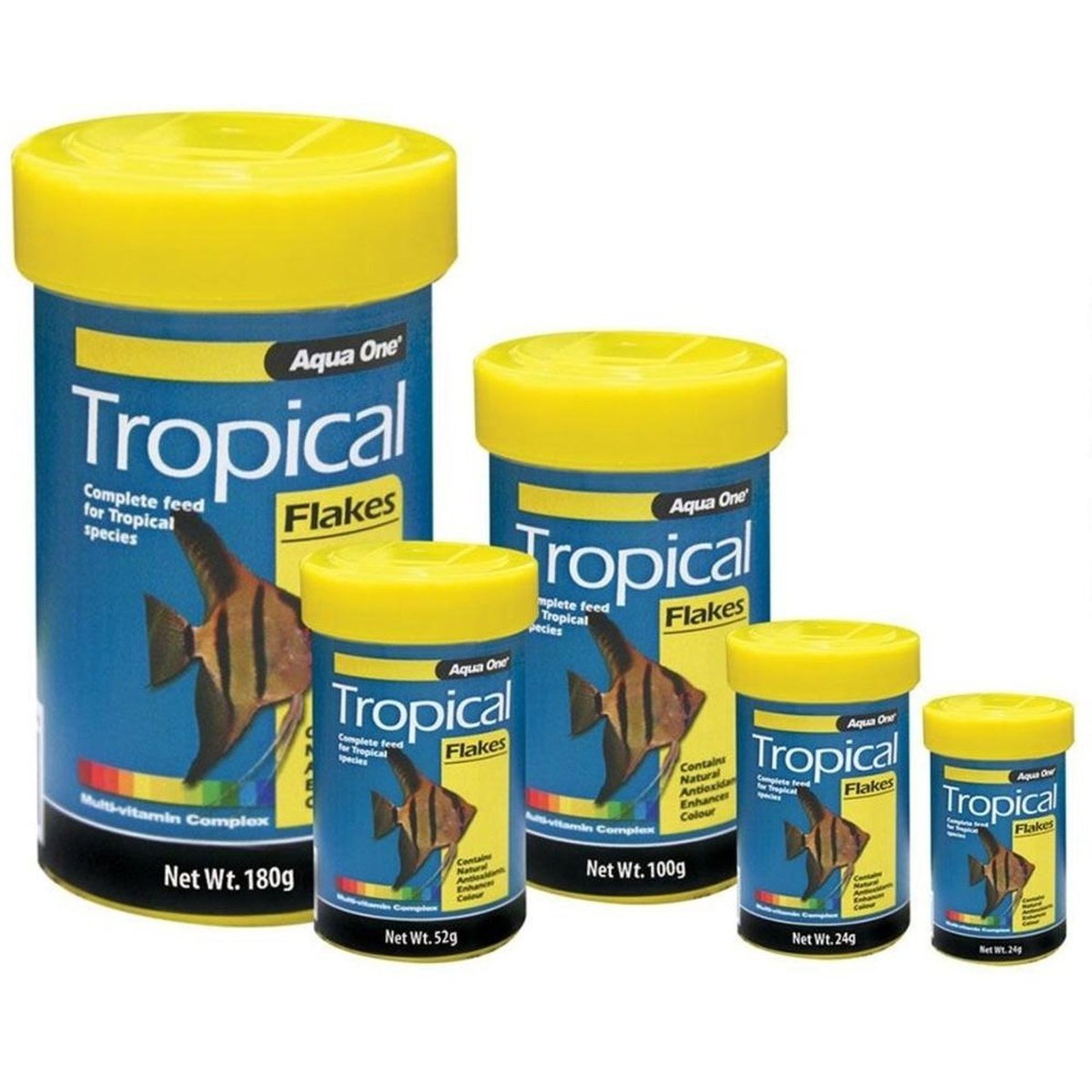
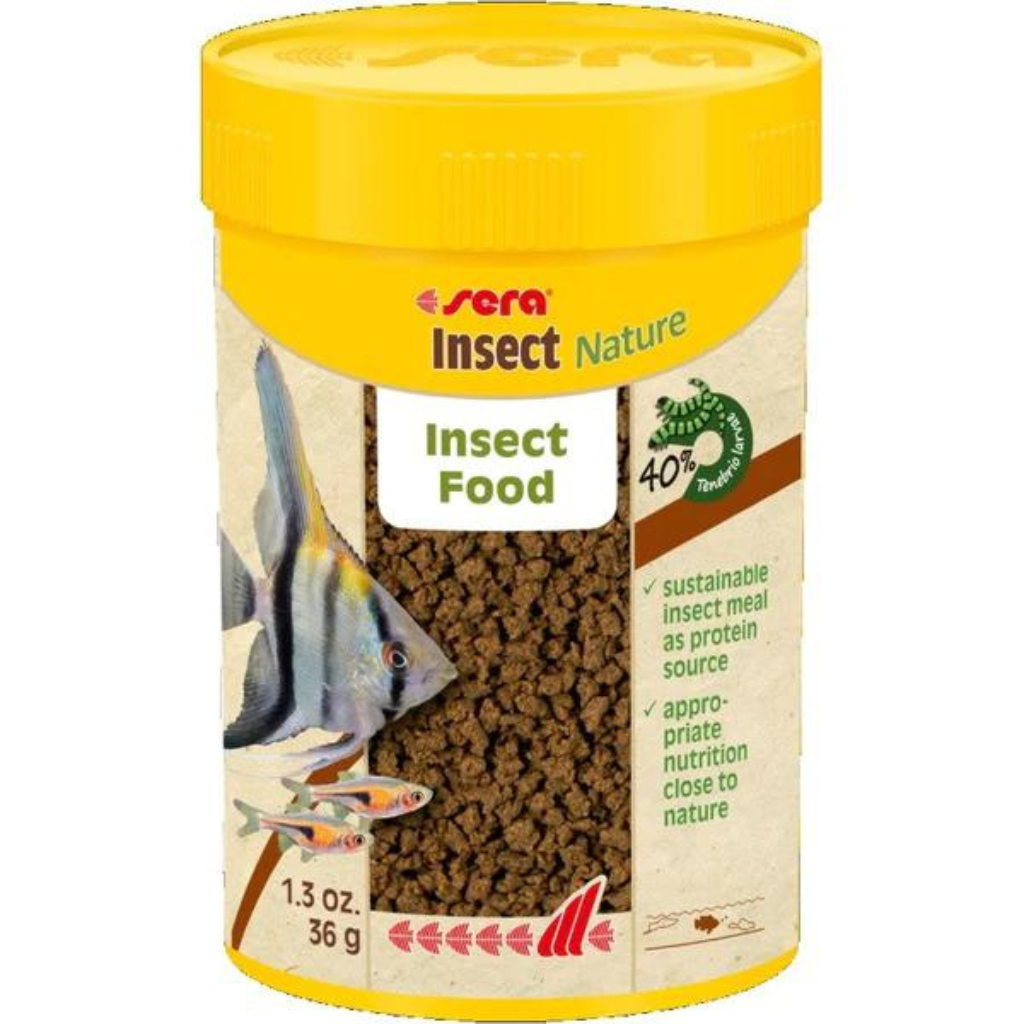
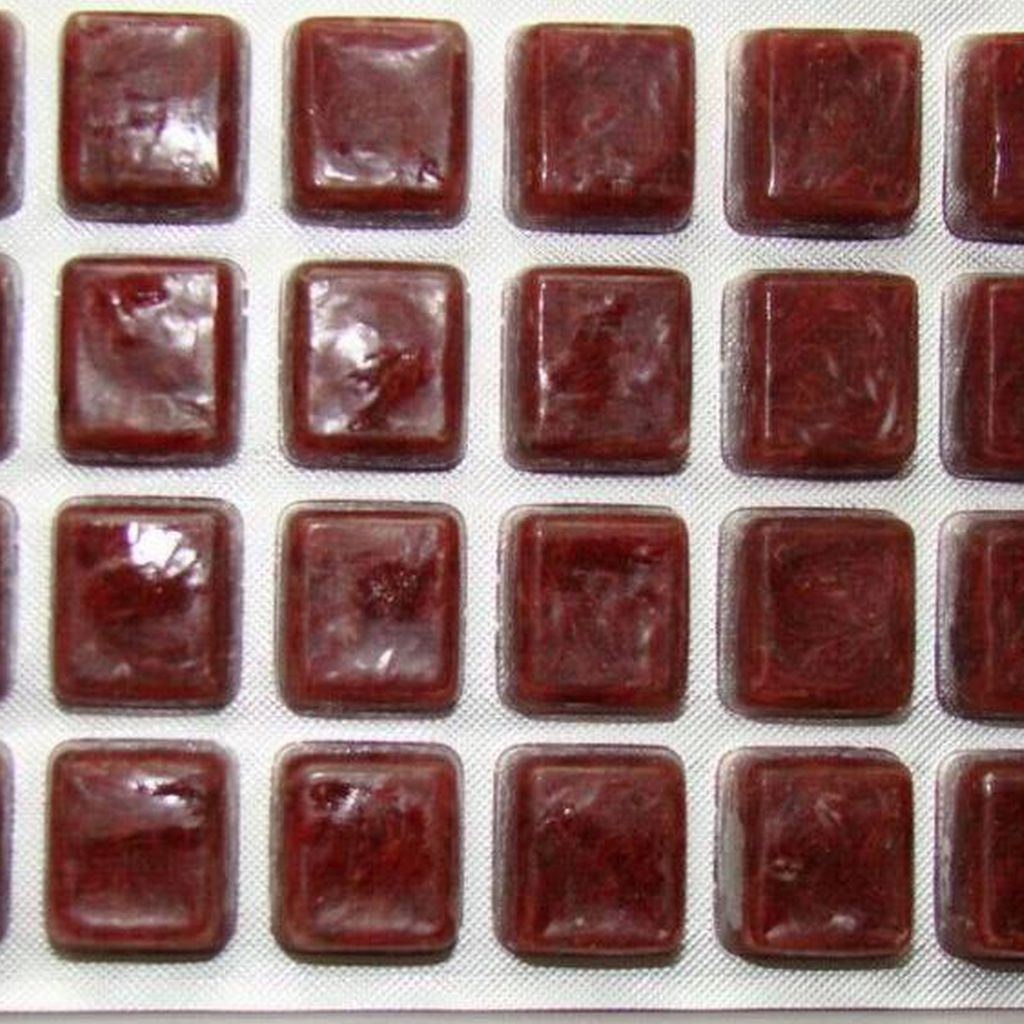





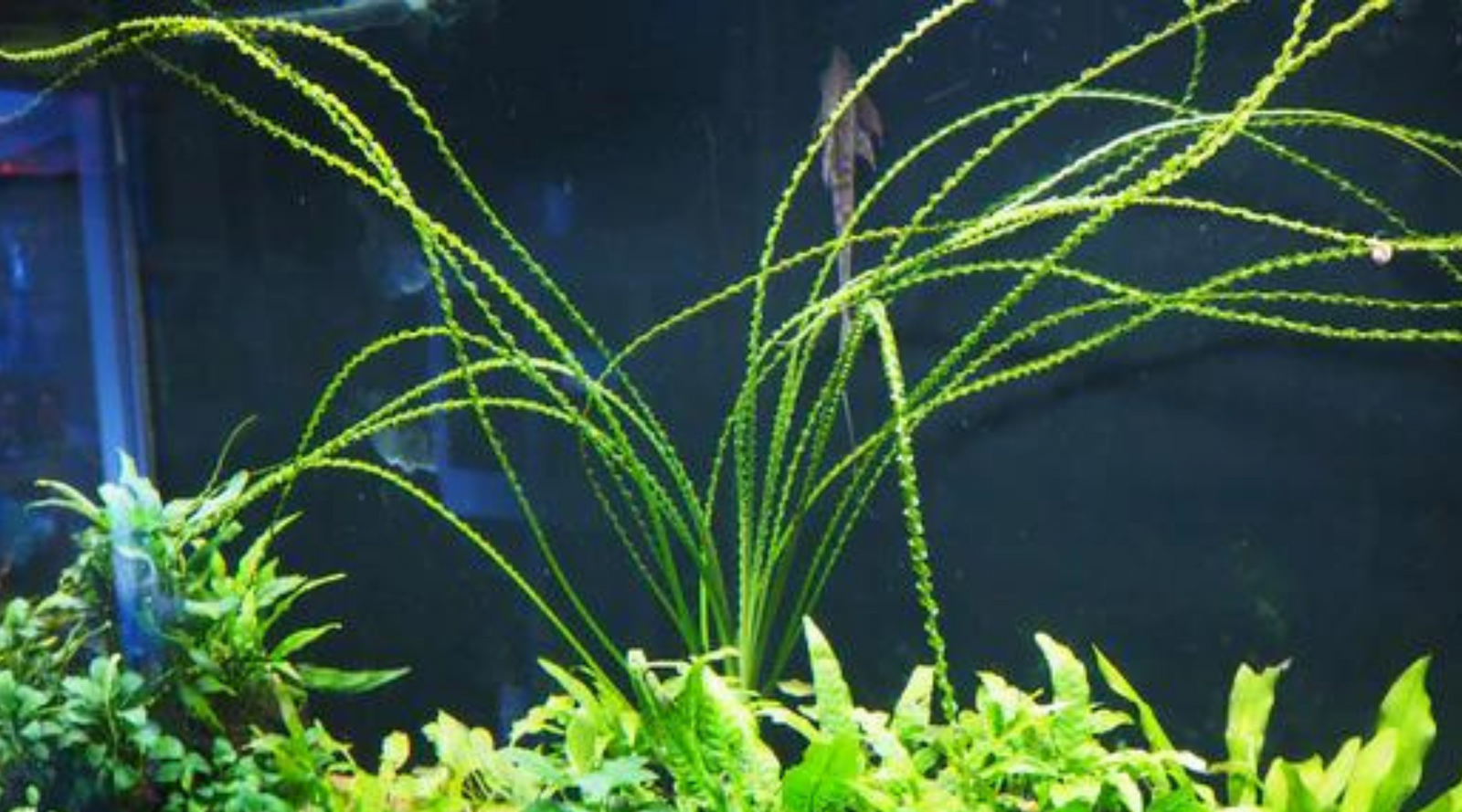
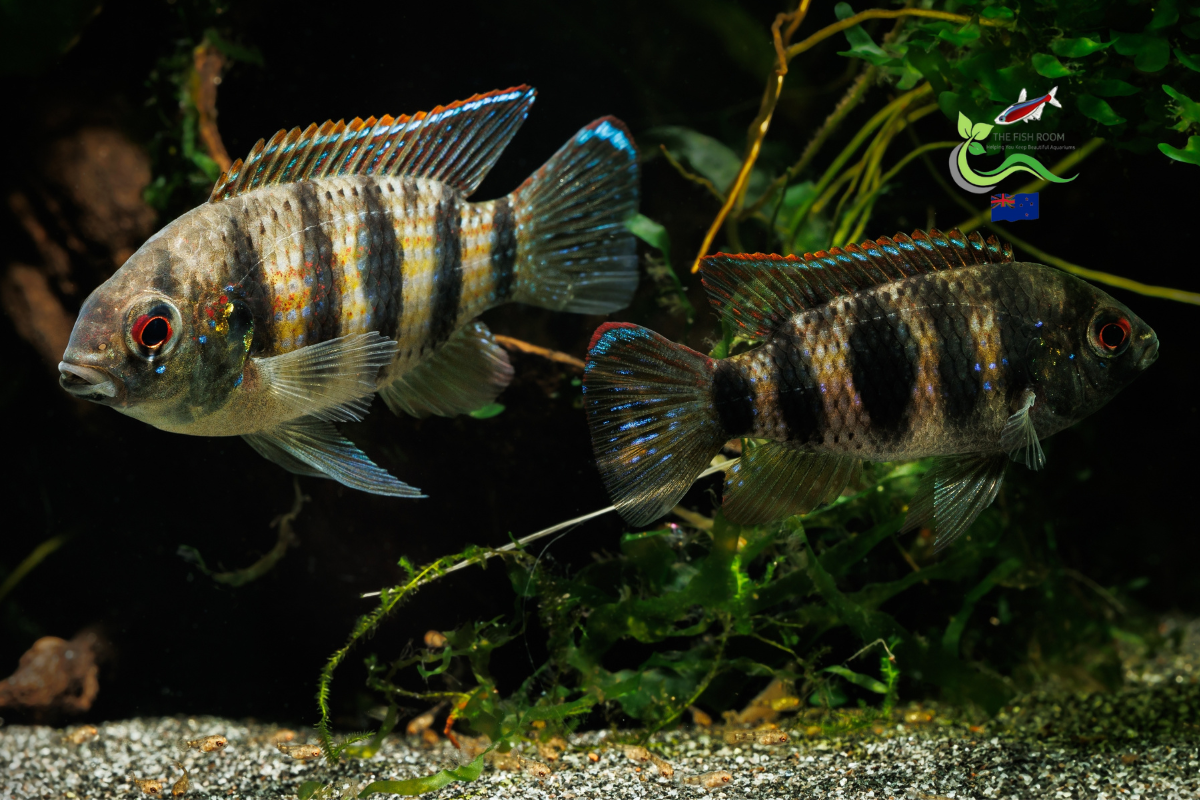
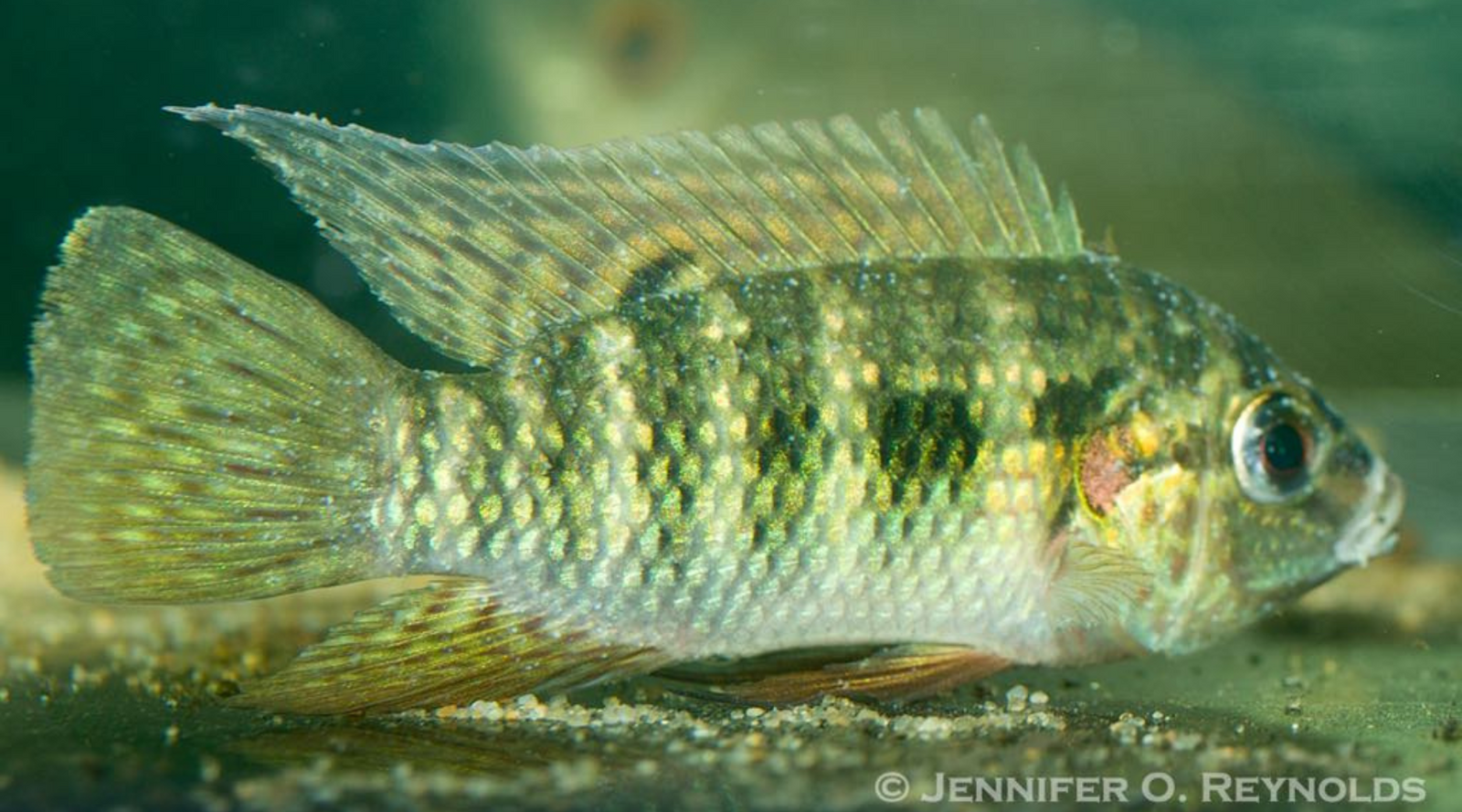
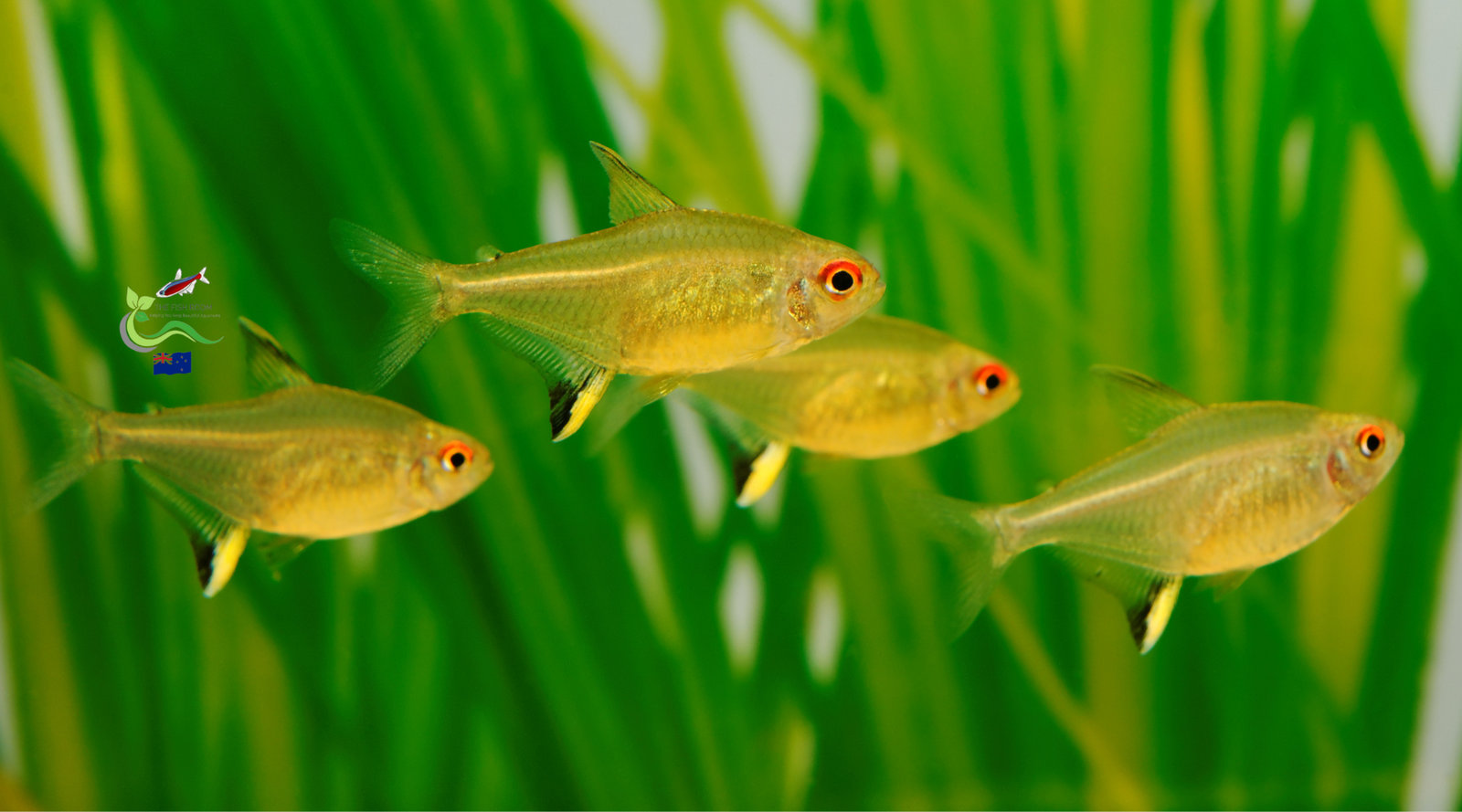
Raj
December 26, 2023
Hi there,
Very fascinated by your write up about Thai water onion type plants.
Would you happen to know where to source these plants in NZ? I would love to get in touch with anyone who has them available. Particularly after Crinum Natans.
Many thanks.